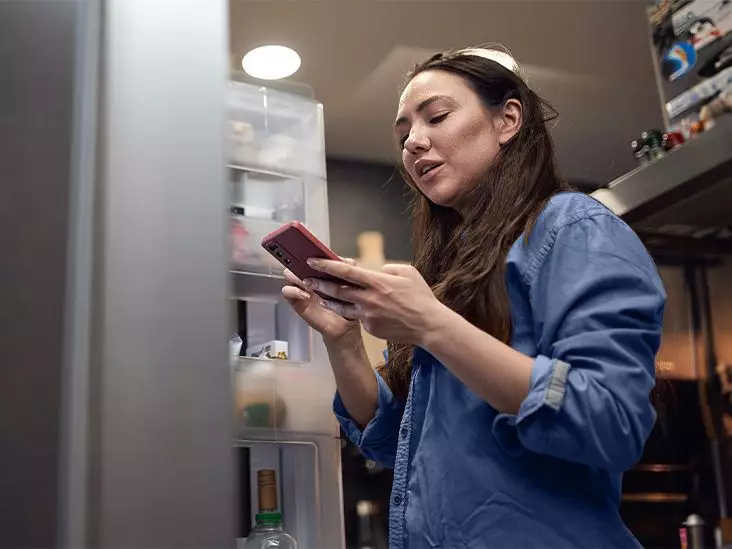Xolair (omalizumab) is an important medication that requires careful handling and storage to maintain its effectiveness. Patients who utilize Xolair must be aware of the necessary precautions involved, particularly regarding temperature control and exposure to light. In this article, we will discuss the proper storage tactics for Xolair, potential challenges during travel, and crucial considerations to keep in mind to ensure the medication’s efficacy.
Xolair should always be stored in a refrigerator at a temperature range of 36°F to 46°F (2°C to 8°C). This specific temperature range is vital for maintaining the drug’s potency and effectiveness. The medication must remain in its original carton to protect it from direct sunlight, which can degrade its quality. Both the prefilled auto-injector and prefilled syringe forms of Xolair come with identical storage directives. Thus, how you choose to administer the medication should not affect its storage requirements.
It’s important to realize that if the medication has been stored outside this temperature range, it could compromise the treatment’s effectiveness. In situations where you may have removed the medication from the refrigerator, it is advisable to let it acclimatize to room temperature for about 30 to 45 minutes before administration. This step allows the medication to warm up to a more comfortable temperature of 68°F to 77°F (20°C to 25°C), making the injection process potentially less uncomfortable and more efficient.
In cases where Xolair has been out of refrigeration for more than two days or exposed to temperatures above 77°F (25°C), it’s imperative to discard the medication. This disposal is crucial to avoid any adverse effects that may arise due to potency loss. For individuals with fluctuating temperature conditions, returning the auto-injector or syringe to the refrigerator promptly is essential to control the storage environment and secure the drug’s viability.
It’s worth noting the significance of evaluating the storage habits, especially in climates or environments where temperature control is challenging. Creating a robust plan for managing medication can alleviate concerns about maintaining proper temperatures, thus ensuring the medication remains safe for use.
Traveling while keeping Xolair properly stored presents its own set of challenges. If a trip extends beyond two weeks, patients should consider bringing the medication along, as Xolair will typically require injections every two to four weeks. Here are key strategies to ensure that Xolair maintains safe storage conditions while traveling:
1. **Use of Insulated Containers:** Always keep Xolair in its original carton to shield it from light, and store it in a cool, insulated container that can maintain temperatures between 36°F and 46°F. This will help prevent temperature fluctuations that could threaten its efficacy.
2. **Documentation:** Carry your prescription with you at all times to validate the necessity of the medication during travel. This documentation may aid in addressing any security concerns or inquiries made by airline personnel or other authorities.
3. **Avoid Ice Packs:** It’s advisable to refrain from using ice packs or dry ice when shipping Xolair, as these could lead to freezing, rendering the medication unusable. Instead, use methods that ensure moderation in temperature to maintain the medication’s integrity.
4. **Understand Security Protocols:** At the airport, inform the Transportation Security Administration (TSA) of the medically necessary items. Place them in a separate bin to facilitate a smoother security screening process. Familiarizing yourself beforehand with the TSA guidelines regarding medications can save time and ensure your medication travels safely.
Proper storage practices are not just guidelines; they can significantly influence the effectiveness of Xolair in managing conditions such as asthma and chronic spontaneous urticaria. Should uncertainties regarding storage arise, consulting with a healthcare professional is always wise. Your doctor or pharmacist can provide tailored advice that considers your specific circumstances, trying to ensure that you achieve the best health outcomes.
The unique requirements for storage and handling of Xolair are essential components in its successful application. By adhering to these guidelines around temperature control, particularly during travel, patients can navigate potential complications while effectively utilizing this vital medication.


Leave a Reply